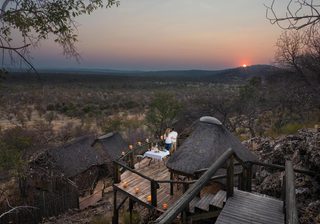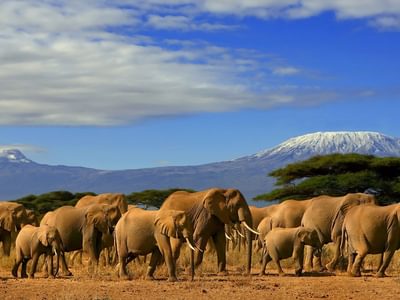
African loxodonta - the African elephant, a true symbol of the continent, member of the Big Five and the world’s largest land mammal.
It’s certainly possible to see them in numerous countries across Africa but here are my top five places to see elephants in Africa.
There are many
more places to see them, often in great numbers, but I have selected the below to give you a varied range of topographies, witnessing differing behaviours and of course places which provide splendid photographic opportunities.
But first - Five cool elephant facts to get you started
- Elephants can hear through their feet. They communicate using ultrasound which causes vibrations, which elephants up to 20km away can pick up through their feet if the terrain is right.
- An elephants trunk contains up to 100,000 different muscles and is capable of great feats of strength. It’s an elephants lifeline, they use it just like we would use our arms and hands
- African elephants don’t and can’t sweat - which makes it very difficult to keep cool in the hot African sun. This is why they flap their ears, large amounts of blood pass through those beautiful big ears every minute and flapping the ears helps cool them.
- Elephants eat. A lot. The average elephant consumes about 5-6% of its bodyweight each day in vegetation - so if you get an elephant who weighs around 5 tonnes, that can mean its consuming about 250kg of vegetation each and every day.
- They say an elephant never forgets, which is partially true. Elephants are highly intelligent and are capable of remembering for long periods of time. Pretty handy when you need to find your way through the African bush looking for water and food sources.
Best places to see elephants
South Africa - Kruger National Park
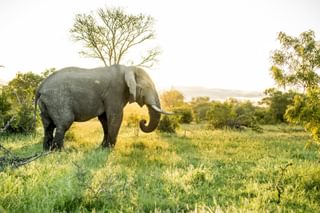
The Kruger National Park is South Africa’s largest protected area (at around 2.2million hectares) and according to a 2019 census there are upwards of 23,000 elephants which call the area home. Whether you’re staying outside the main park or at one of the brilliant private lodges, you’re sure to see plenty of elephants here.
The further north you head in Kruger the vegetation and landscape changes, and also the further north, you’ll enjoy a less crowded experience as the southern sections of Kruger can become quite busy with tourists, especially when a big cat is sighted.
Other places of note in South Africa where you’ll stand a very good chance of seeing elephants are the famed Addo Elephant Park in the Eastern Cape and Hluhluwe National Park in Kwa Zulu Natal.
Place to stay - Singita Sweni Lodge
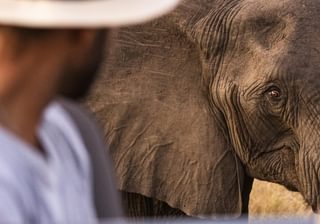
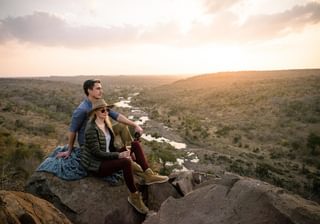
Botswana - Chobe National Park
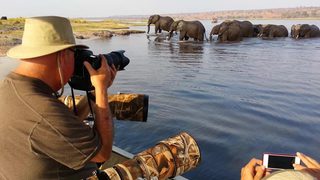
Botswana is home to roughly 30% of Africa’s entire elephant population and the Chobe National Park is a 10,000 square kilometre haven for them with numbers thought to be over 50,000 strong - making it probably the highest concentration of elephants in the world.
Depending on the time of year, mainly in Africa’s dry winter months, elephants come down to the Chobe River in their droves as it’s one of the few permanent water sources for miles around.
Of course being one of the premier safari locations in Africa, chasing the right time of year and right places to stay are vitally important when it comes to planning your trip.
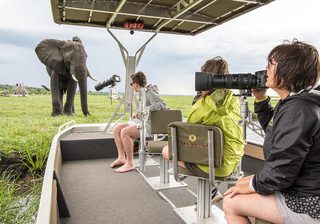

Zimbabwe - Mana Pools National Park
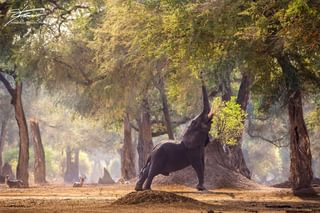
Ok, so populations might not be as great as they are in Hwange - but I’ve chosen Mana Pools for a few specific reasons.
Firstly, the photographic opportunities here are simply outstanding. Combine this with the stunning light which peaks through the towering tress at sunset creating a wonderful tapestry of colours, the fact that elephants in Mana are famed for standing on their hind legs to reach tasty branches and that walking safaris are hugely popular in Mana Pools so it’s certainly possible to have some excellent and memorable encounters with elephants on foot.
Other places of note to see elephants in Zimbabwe include Hwange and Matusadana National Parks.
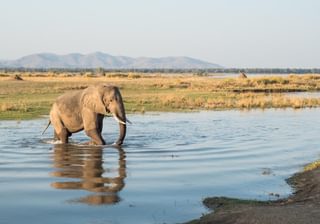
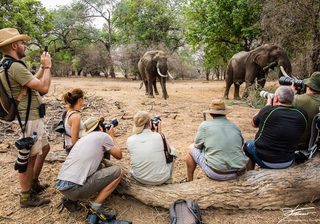
Kenya - Amboseli National Park
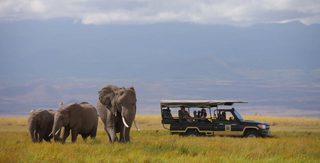
Why Amboseli and not Tsavo? I hear you ask. Yes, Tsavo East and West National Parks are home to huge numbers with some of the last remaining big tuskers but for me, Amboseli just edges.
With a clear uninterrupted view of Mount Kilimanjaro looming in dominantly in the background, encountering elephants here is the quintessential African scene. With wide open plains which elephant herds cross to get to life-depending waters it really does make for a spectacular view - no wonder it’s considered one of, if not the best place to photograph elephants in the wild.
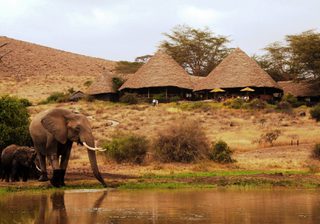
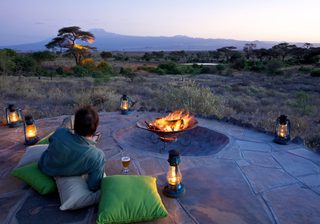
Namibia - Etosha National Park

Iconic Etosha - Namibia's stark landscapes with waterholes surrounded by herds of antelope, opportunistic predators lay in wait when an indomitable figure approaches, a mammoth male elephant comes down to the waters to drink. Towering above the antelope who readily make way for this imposing giant. Etosha Is home to some of the largest elephants in the world and with shimmering lights and sparkling waterholes, it’s a photographer’s.
The sheer opulence of wildlife which frequent the waterholes are simply an overwhelming opportunity for wildlife lovers.

